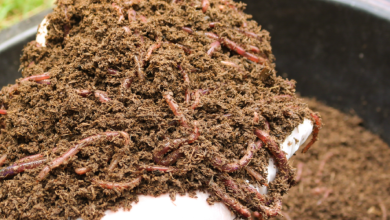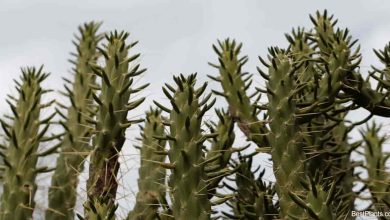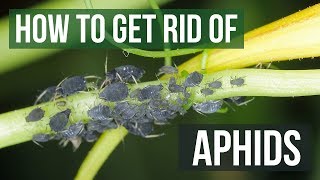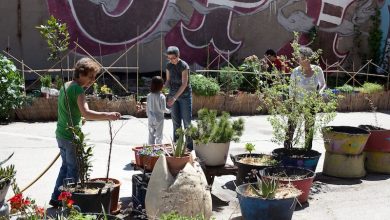Calceolaria: [Cultivation, Irrigation, Care, Pests and Diseases]
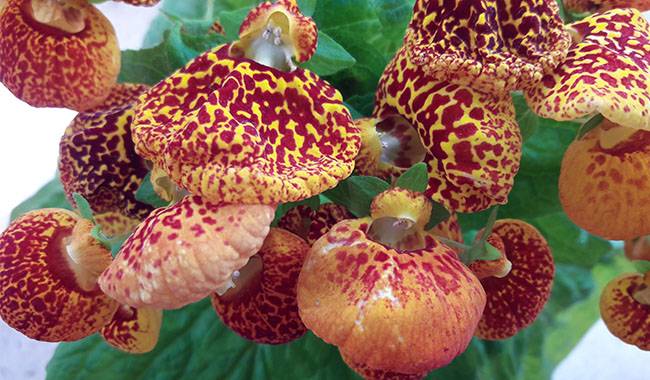
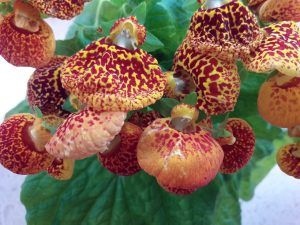 Calceolaria is a genus of the Calceolariaceae family which groups about 275 accepted species from different countries of America, from the region from Mexico to Argentina and Chile.
Calceolaria is a genus of the Calceolariaceae family which groups about 275 accepted species from different countries of America, from the region from Mexico to Argentina and Chile.
Of all the species, the most popular and the most cultivated are usually C. crenatiflora, C. uniflora, C. integrifolia, C. mexicana, among many others.
The calceolaria is a mainly ornamental plant. It is frequently used for the bright colors of its flowers and its unusual shape, resembling that of a pair of swedes or a purse.
The name of the Calceloria comes from the Latin meaning shoe, referring to the characteristic shape of its flowers. Hence, calceolaria is also known by the names of shoe of venus or shoe of the virgin.
Important points when sowing calceolaria:
- Scientific name: Calceolaria.
- Common name: Capachito, shoes of Venus, shoes of the Virgin, purse,
- Height: 30 to 60 centimeters.
- Light requirement: Direct light and partial shade.
- Temperature: Temperate climates (15ºC to 18ºC).
- Irrigation: Moderate.
- Fertilizer: Organic fertilizer.
What characteristics does calceolaria have?
Calceolarias are herbaceous plants that are usually classified as shrubs or subshrubs due to their wide range of sizes. They usually measure between 30 and 60 centimeters in height. Its leaves, of different shades of green, have a great variety of shapes and sizes.
Some are opposite, others are arranged in the form of a cross, some are overlapping and very few become alternate. The calceolaria flowers are the main attraction of this plant.
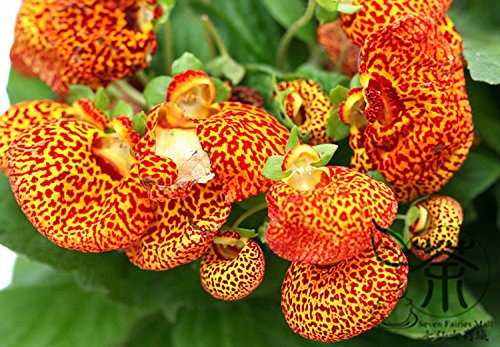
They are made up of a corolla that has two parts divided into a lip, generally yellow or orange, although they may have red or purple spots. The lower lip of the flowers is sac-shaped and larger than the upper lip.
The fruit of the calceolaria is a small capsule with 4 compartments in which the seeds are housed. For their part, the seeds are small, a little linear and somewhat recurved. Inside this area is a zone of filaments that secrete oil.
When to sow calceolaria?
Calceolaria is usually sown from the first weeks of spring , after the last frosts. However, it is also possible to sow it during the summer, taking advantage of the ambient temperature of the time.
Where to plant calceolaria?
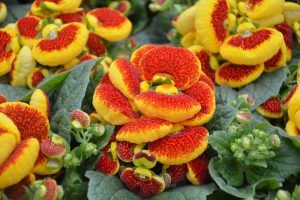 Calceolaria is a plant that, under ideal conditions, is mainly grown outdoors, in gardens or in flower beds. However, this plant is usually grown in indoor pots.
Calceolaria is a plant that, under ideal conditions, is mainly grown outdoors, in gardens or in flower beds. However, this plant is usually grown in indoor pots.
In both cases, the calceolaria should be located in bright and cool places, where it can receive indirect and diffuse sunlight, without being exposed to the effects of radiation during midday.
On the other hand, if it is placed in very shady environments, the flowering of the plant will be reduced and the flower petals may wither. So, in short, it should be located in a place with intermediate and diffuse light.
Regarding climatic conditions, calceolaria is typical of regions with mild and temperate climates, with temperatures around 15ºC during the day and 10ºC at night.
It is important to add that calceolarias do not tolerate high temperatures, cold or frost; for that reason it is preferred to grow indoors. However, even indoors it must be protected from drafts.
How to prepare the land?
Calceolarias need porous, light and fertile substrates . Regarding the pH, this plant does not have specific requirements, but they vegetate better in those with a range of 5.8 to 6.2.
If it is going to be grown in the garden, it is recommended to make a hole about 40 centimeters in diameter and fill it with a universal substrate mixture, with a third of perlite.
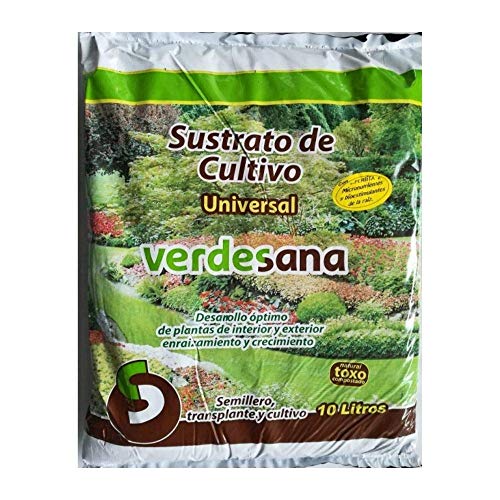
In the case of planting in pots, it is recommended to prepare a substrate made up of compost, sand or perlite; although a mixture similar to that used when planting in the ground can also be used.
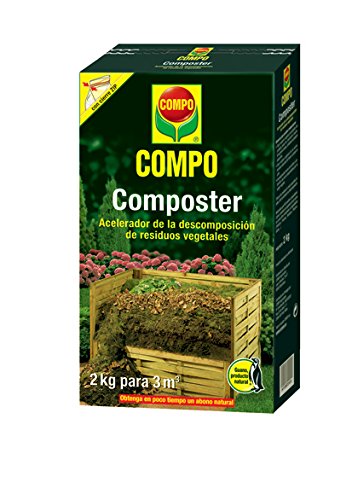
How do we water calceolaria?
The virgin shoes are plants that need regular watering to keep the soil slightly moist, always avoiding excess and waterlogging.
It is necessary to increase the frequency of irrigation during hot times, during its growth period, and reduce it during autumn and winter.
How often do we water the calceolaria?
The frequency of irrigation will depend on weather conditions and whether it is outside or inside. However, it is generally watered 3 times a week during the summer. During the other months, the frequency should be adapted to every 4 or 5 days.
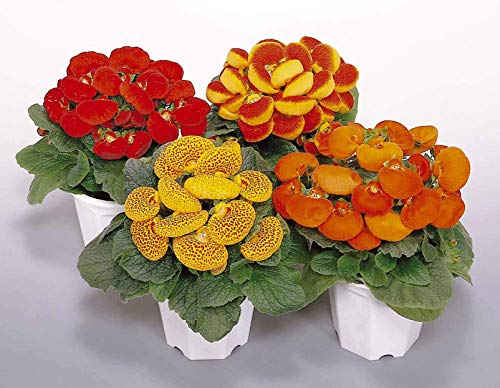
How to plant a calceolaria step by step?
It is possible to grow calceolaria from seed and through vegetative cuttings, although the former method is generally preferred. Instructions for sowing by seed are shared below.
- Spread the seeds on the surface of a container, or pot, with moist peat, and cover them with a very thin layer of substrate.
- Place the pot in a lighted place, but away from direct sunlight, at a temperature around 20ºC.
- Keep the substrate moist while waiting 1-2 weeks for the seed to germinate.
- Transplant the seedlings into individual pots once a couple of true leaves have sprouted and place them in a lighted spot where the temperature hovers around 15ºC to induce flowering.
What care does calceolaria need?
Calceolarias are species that are not easy to cultivate. However, if the main cultivation requirements are met, they will be able to grow without any problem.
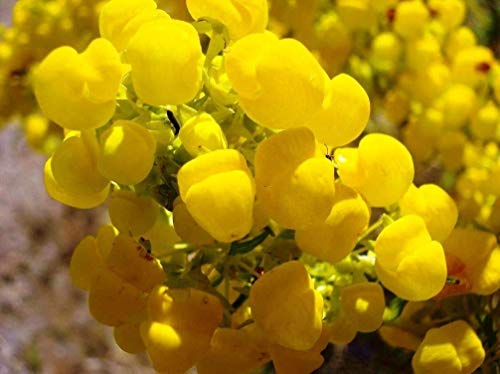
On the other hand, although it is not necessary, it is possible to enrich the soil, either with homemade organic matter such as compost or peat so that the beauty of the flowers extends for a few more weeks in the garden. These tasks should be done two or three times a month.
What pests and diseases affect calceolaria?
Calceolarias are generally affected by aphids, by whiteflies, as well as by the tomato moth, among other insects.
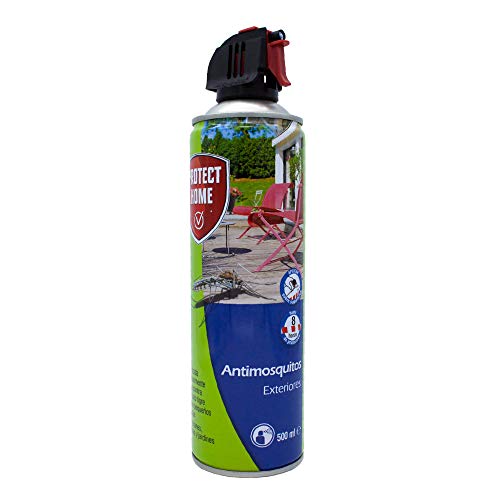
In the case of diseases, these appear mainly due to excess water in the substrate. Among them is Pythium, Botrytis, as well as Cercospora leaf spot.
References
- http://www.scielo.org.pe/pdf/rpb/v13n1/a04v13n01.pdf
- https://whatflower.net/houseplant/calceolaria/
- https://www.greenhousemag.com/article/cool-calceolaria/
- https://www.thespruce.com/calceolaria-plant-profile-5073219
- https://www.elicriso.it/en/como_cultivar/calceolaria/
- https://plantcaretoday.com/calceolaria-pocketbook-plant.html
- https://www.jardineriaon.com/cuales-son-los- cares-de-la-calceolaria.html

